You are here
Back to topFresh South African Stone Fruits Gain Access to Chinese Market
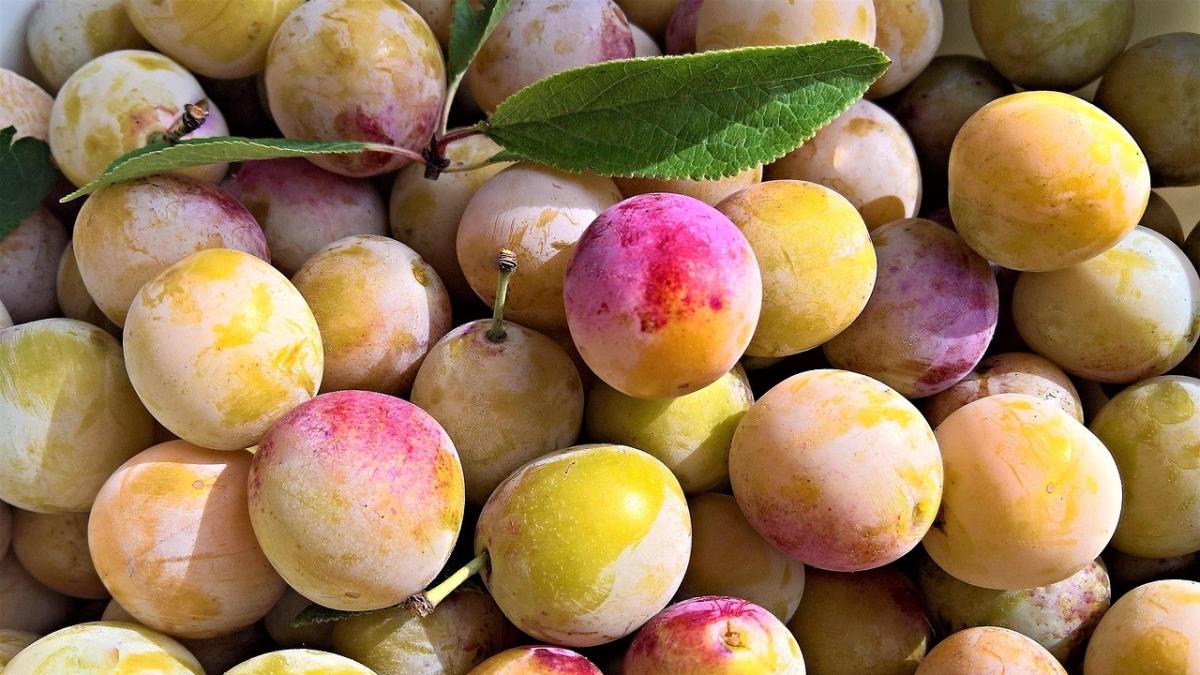
Produce Report has learned from the Consulate General of South Africa in Shanghai that the protocol allowing South African stone fruits to enter the Chinese market was officially signed on Oct. 15, marking a new milestone for South Africa’s fruit exports to China.
On Oct. 14, a South African agricultural delegation led by Minister of Agriculture John Steenhuisen visited Shanghai. During a roundtable meeting with importers and exporters that evening, he noted that both China and South Africa are BRICS members, and in the current challenging global trade environment, it is crucial to strengthen trade between member countries.
Steenhuisen mentioned that this was his third visit to China and explained that the purpose was to meet with Sun Meijun, director general of China’s General Administration of Customs, to finalize the market access protocol for South African stone fruits, including plums, peaches, nectarines and apricots. He added that they would also discuss and expedite negotiations on South African cherries and blueberries, with the goal of concluding the talks by 2026.
Steenhuisen further revealed that trade and commerce departments from both countries are in discussions to implement zero tariffs on all products exported from South Africa to China, in order to enhance the competitiveness of South African fruits on the Chinese market.
With roughly 18,000 hectares dedicated to stone fruit cultivation nationwide, each year South Africa produces approximately 182,000 metric tons of peaches and nectarines (mainly yellow-fleshed), alongside 93,000 metric tons of plums. Currently, South African stone fruits are primarily exported to the European Union, the United Kingdom and the Middle East.
Situated in the Southern Hemisphere, South Africa’s fruit seasons are opposite to those of China. Its stone fruit export season extends from October through March or April of the following year, aligning with China’s winter and spring, as well as major traditional holidays such as Chinese New Year and New Year’s Day.
In 2024, South Africa’s total fruit production reached approximately 6.23 million metric tons, with exports totaling 3.8 million metric tons. The country ranks as the 15th-largest fruit producer worldwide and the second largest in the Southern Hemisphere, after Argentina. Additionally, 61% of South African fruit production is exported to around 90 countries.
According to data from China Customs, South Africa’s fruit exports to China reached $490 million in 2024. Since South Africa signed a memorandum of understanding on the Belt and Road Initiative with China in 2015, fruit exports to China have achieved a compound annual growth rate of 12.5%.
By product category, citrus exports to China reached $130 million in 2024, accounting for 35% of China’s total citrus imports, making South Africa the largest citrus supplier to China. Meanwhile, apple exports amounted to $19 million, making South Africa China’s second-largest supplier of imported apples.
To date, five types of South African fruits — citrus, grapes, apples, pears and avocados — have been granted access to the Chinese market, and more than 5,100 South African fruit companies are registered in China.

On Oct. 14, the South African agricultural delegation visited Shanghai Huizhan Fruit and Vegetable Market, a major distribution center for imported fruits in East China, and held friendly discussions with market representatives to explore ways to deepen agricultural trade cooperation. During the meeting, Steenhuisen noted that China is an important export destination for South African agricultural products. He explained that the South African government is implementing measures such as improving food safety standards and strengthening the plant quarantine system to provide Chinese consumers with higher-quality agricultural goods. He emphasized that the purpose of the visit was to build a communication bridge between government and enterprises and to promote the more efficient entry of South African fruits and vegetables into the Chinese market.
Speaking about his first visit to Shanghai, Steenhuisen told Produce Report that the city serves as the main port for South African agricultural imports, primarily fruits, into China. He remarked that he was impressed by Shanghai’s magnificent cityscape and the warmth of its people, expressing his hope that more consumers in China would have the opportunity to enjoy South Africa’s delicious fruits.
Images: Pixabay (main image), Shanghai Huizhan Fruit and Vegetable Market (body image)
This article was translated from Chinese. Read the original article.



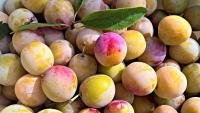

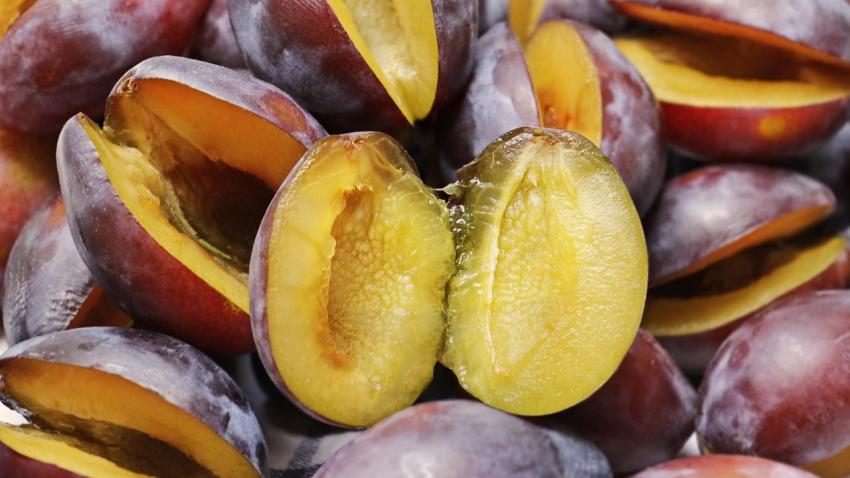
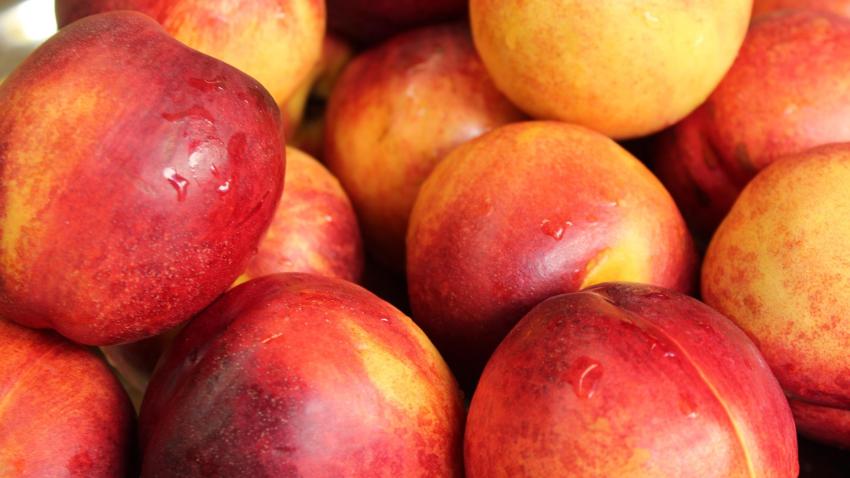
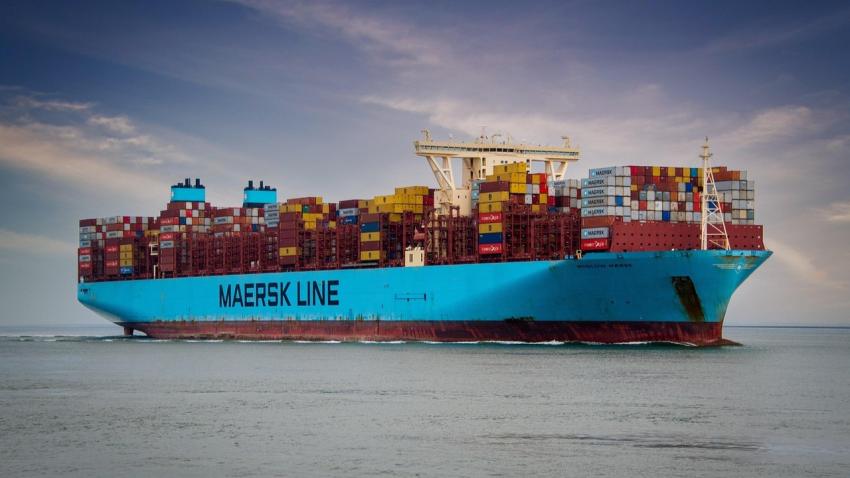
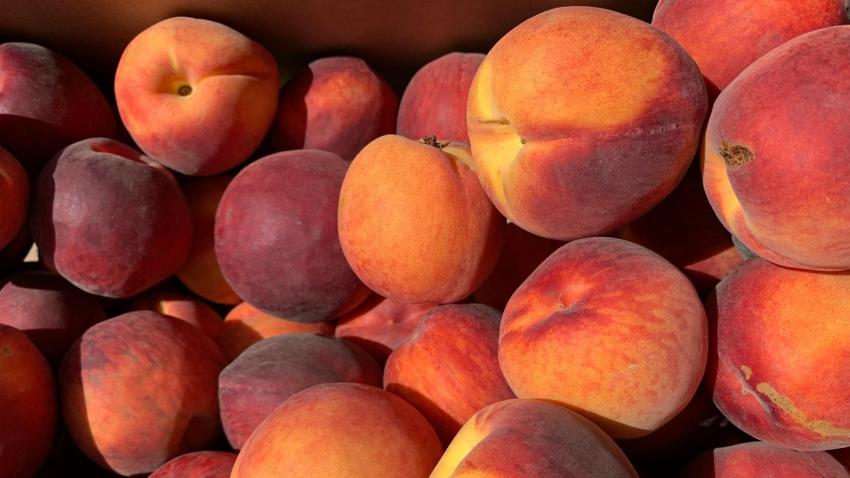
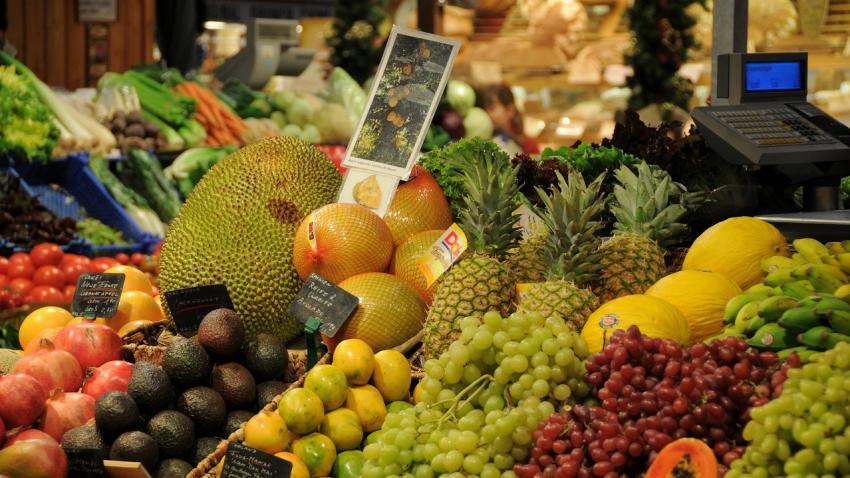
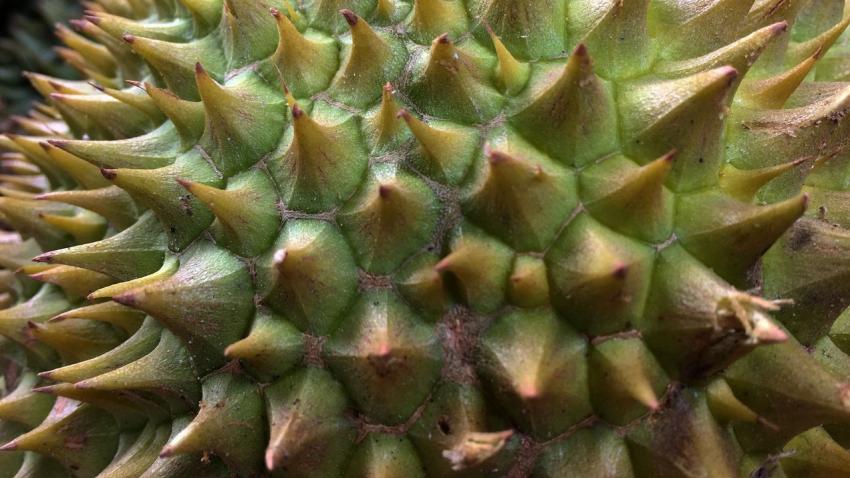





Add new comment